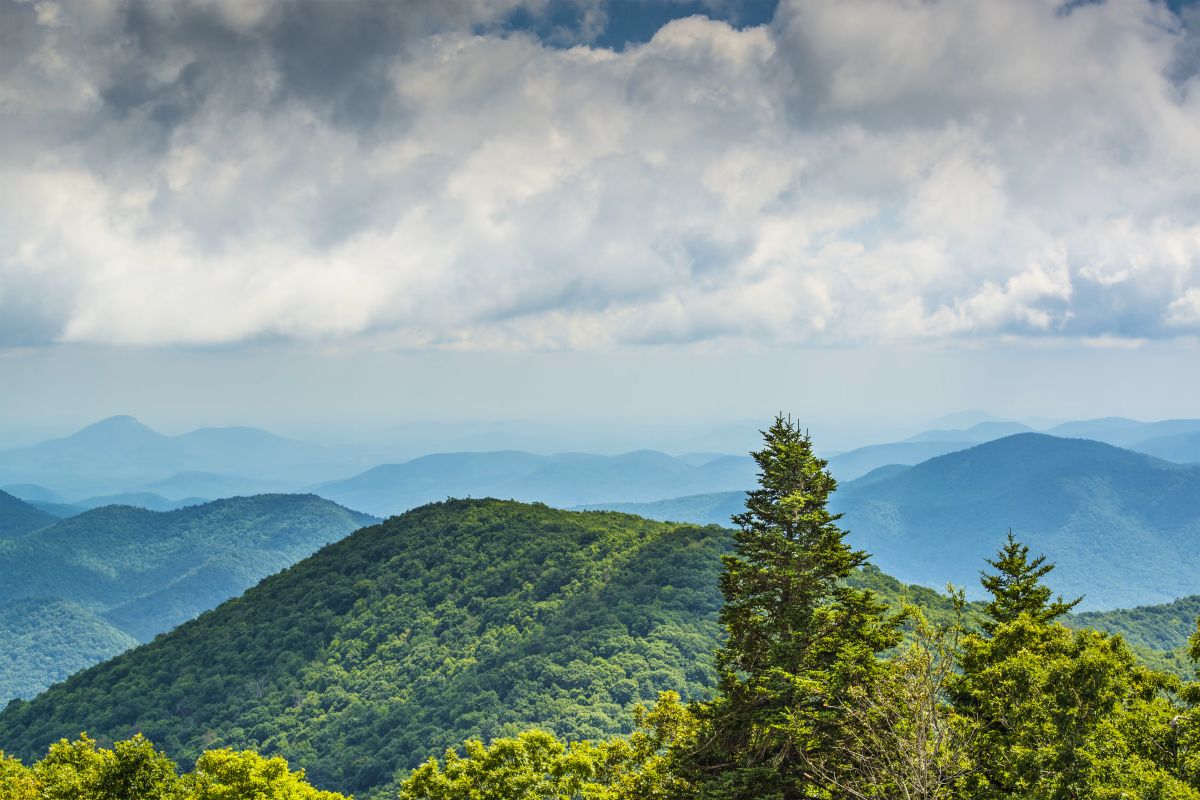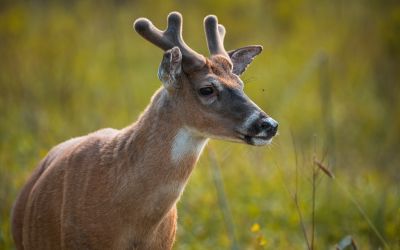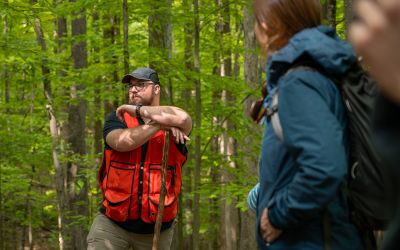Pfeiffer Family Forest, A Tree Farm Story

View of Appalachian mountains in north Georgia, USA.
When William Pfeiffer tours his property in Georgia, located about halfway between Savannah and Augusta on the Savannah River, he is keenly aware of the rich family history of the place. Pfeiffer’s parcel is part of a larger, 10,000-acre tract of land that his great-great-great-grandfather purchased in 1880 to start a turpentine business. The previous landowners had used the property as a hunting estate. Pfeiffer said he owns about 1,000 hectares, or approximately 2,500 acres, of the original property, and the bulk of the rest of the land has been divided among other family members. Pfeiffer says he enjoys walking and driving around the property, quietly being a part of it and observing it as it evolves and changes around him. “I love going around looking at the wildlife and the trees,” Pfeiffer said. “The whole experience is just wonderful,” Pfeiffer said.
The property hosts a diversity of landscapes and tree species. The land features a deep swamp along the river, including a couple of oxbow lakes; a section of fertile, flat woodland with isolated ponds; a swampy area called Moon Change Swamp (the name comes from the belief that “if you go in there, you don’t come out until the moon changes,” Pfeiffer said); and a sandy ridge elevated above the rest of the property called Nanny Goat Hill, which got its name because the original grant-holder of the property once raised goats on the spot.

Left: William Pfeiffer with an ATV at Beard’s Old River. Right: William Pfeiffer with three of his children at a bald cypress tree in the Savannah River Swamp.
The property has other points of interest, such as an old Colonial-era stagecoach road, which is now a narrow trail, and a couple of former mill sites. Adjoining property that remains in the family includes a house that dates to 1800, complete with the original kitchen and dining room and a long catwalk that connects two buildings.
Pfeiffer said his family used the property for various businesses over the years. For decades, until the 1930s, it was the site of a turpentine production business. Later, under his father’s leadership, the family had cattle and row crops, and a timber operation, and Pfeiffer worked on all of them as a youth. Pfeiffer grew up on the property, and aside from stints in New York City and Atlanta in his 20s, he has spent most of his life around it, so that today he understands its intricacies and shifting characteristics. Pfeiffer said he has worked to record the history and maps of the property to ensure that his four children thoroughly understand and appreciate it. Some of his children have taken forestry courses to equip themselves for increasingly actively caring for the property. Pfeiffer said he, too, has worked to learn new techniques rather than relying on the way things have always been done. “I want to manage it in a way that I’m never repeating the mistakes of the past,” Pfeiffer said. “We want to ensure that it’s sustainable in the financial sense and in the sense of the land itself. It’s been very important to four generations of my family, and we want it to remain important for future generations.”
Related Articles

October 20, 2023
Managing Your Woodlands For Deer
There are many reasons to want to attract white tail deer to your property. Having healthy wildlife on your property promotes a healthy ecosystem.

September 1, 2023
Managing Invasive Plant Species in the Central Appalachian Region
Over 78% of West Virginia, 60% of Pennsylvania and 39% of Maryland is woodland. Maintaining a healthy forest requires keeping invasive plant species under control.

August 29, 2023
Why Work With a Forester
Forests are complex and the number of things you'll need to consider as a landowner can be overwhelming. Many landowners have foresters put together a comprehensive management plan.